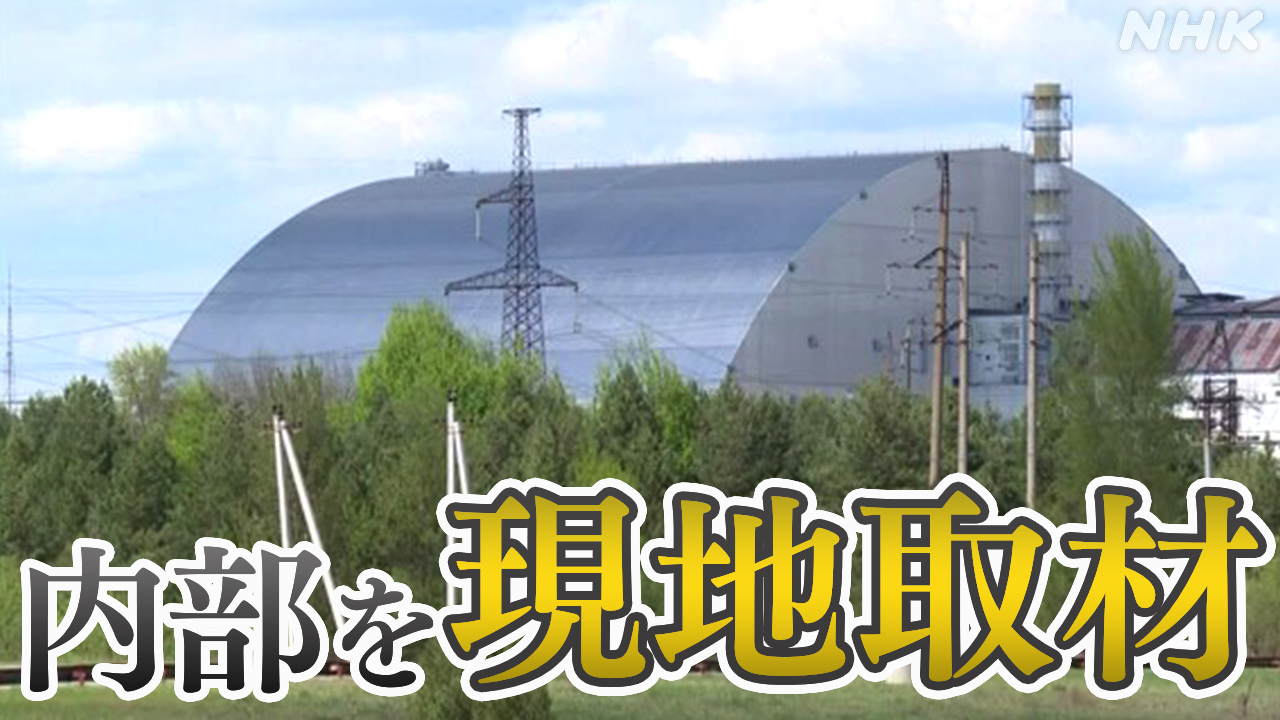Chernobyl Shelter's Integrity: Post-Russian Attack – A Worrying Assessment
The ongoing war in Ukraine has cast a long shadow over the Chernobyl Exclusion Zone, raising serious concerns about the integrity of the sarcophagus sheltering the damaged Chernobyl Nuclear Power Plant. Reports of Russian troop movements and occupation within the zone have sparked international alarm, prompting investigations into potential damage to the crucial containment structure and its impact on long-term nuclear safety. This article delves into the latest assessments and explores the implications of this unprecedented situation.
The Impact of the Russian Occupation
The Russian occupation of Chernobyl, beginning in late February 2022, presented a unique and dangerous scenario. Military vehicles traversing the exclusion zone risked disturbing the already fragile environment and potentially damaging the sarcophagus's structural integrity. Furthermore, the disruption of monitoring systems and the lack of access for international inspectors created significant uncertainty.
Key Concerns Raised:
- Physical Damage: Reports, although limited due to restricted access, suggested potential damage to infrastructure surrounding the sarcophagus, including power lines crucial for the cooling systems. The extent of this damage and its impact on the long-term stability of the shelter remains unclear.
- Radiation Exposure: The movement of troops and equipment through contaminated areas raised concerns about increased radiation exposure for both military personnel and the surrounding environment. While precise data is lacking, the potential for long-term health consequences is a serious consideration.
- Data Disruption: The loss of continuous monitoring data from Chernobyl during the occupation created a knowledge gap, making accurate assessment and risk mitigation challenging. Restoring and verifying data integrity is a crucial step in ensuring long-term safety.
- Long-term maintenance disruption: The occupation likely disrupted essential maintenance procedures, potentially accelerating the degradation of the sarcophagus and its support structures. This could have long-term implications for the safety of the site.
Post-Occupation Assessments and Ongoing Challenges
Following the withdrawal of Russian forces, international teams have begun assessing the extent of the damage. Initial reports suggest that the sarcophagus's structural integrity remains largely intact, but a thorough investigation is still required. The IAEA (International Atomic Energy Agency) has played a vital role in coordinating efforts and providing ongoing monitoring.
Challenges in Assessment and Remediation:
- Access Restrictions: Despite the withdrawal of Russian forces, access to certain areas within the exclusion zone remains limited, hindering comprehensive inspections and repair efforts.
- Resource Constraints: Remediation and long-term monitoring require significant financial and human resources, posing challenges for Ukraine and international organizations supporting the effort.
- Security Concerns: The ongoing conflict in Ukraine adds a layer of complexity to the safety and security of the Chernobyl site, impacting the ability to conduct essential work safely.
The Future of Chernobyl's Safety
The incident highlights the vulnerability of nuclear facilities to conflict and the importance of international cooperation in managing such risks. Ensuring the long-term safety of Chernobyl requires sustained international support, rigorous monitoring, and transparent communication of findings.
Keywords: Chernobyl, Chernobyl Nuclear Power Plant, Chernobyl Sarcophagus, Russian invasion, Ukraine war, nuclear safety, IAEA, radiation, exclusion zone, nuclear security, post-conflict assessment, environmental impact.
Call to Action: Stay informed about the ongoing developments in Chernobyl through reputable news sources and the IAEA website. Supporting organizations dedicated to nuclear safety and environmental remediation in Ukraine is crucial in ensuring the long-term stability of the site. Learn more about how you can contribute at [link to relevant charity or organization].
